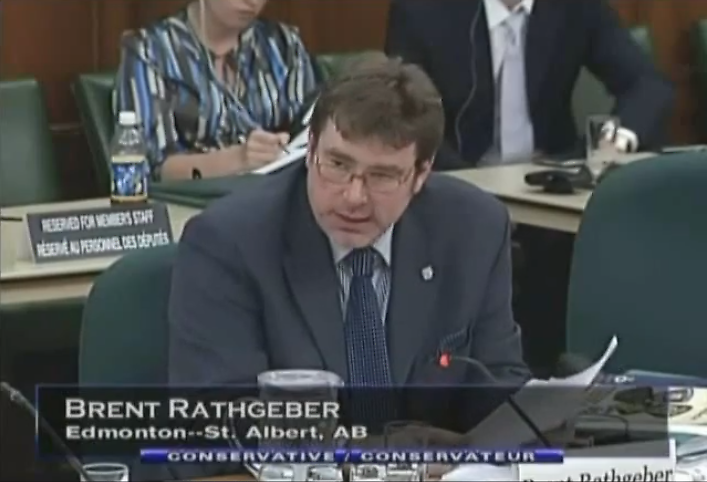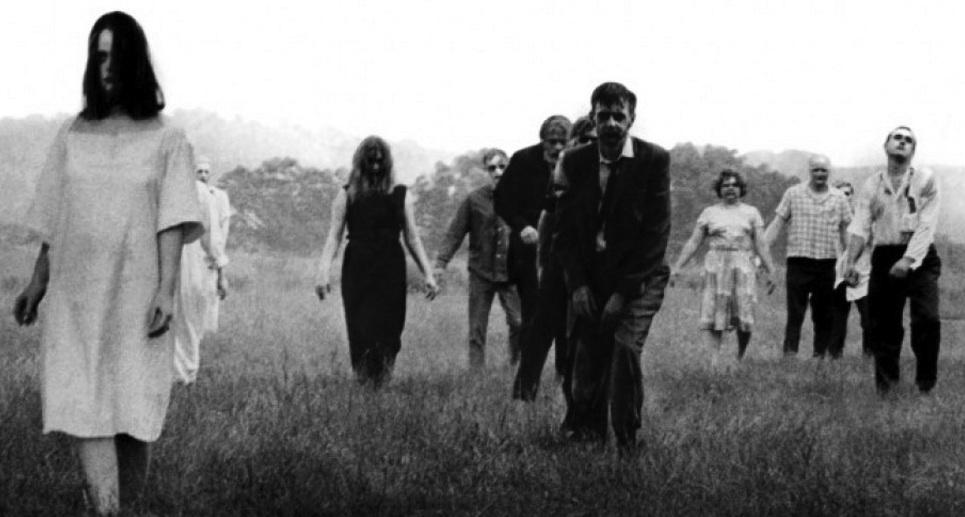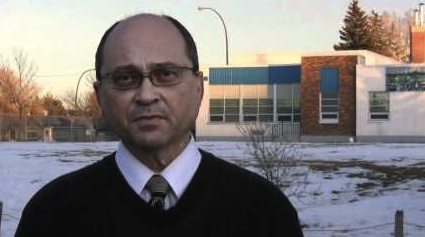The Senatorial Selection Act, the law that governs Alberta’s unique Senate nominee elections, expires on Dec. 31, 2016. The longstanding policy of the Alberta New Democratic Party which supports the abolition of the Canadian Senate likely means the Act will be allowed to expire, into the dust of legislative history.
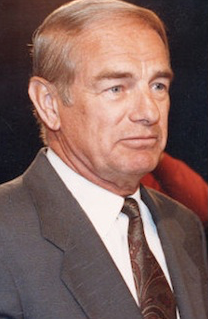
Members of the Canadian Senate are appointed by the Governor General on the advice of the Prime Minister. Alberta is the only province with a general election process to select Senate nominees, which have been held in 1989, 1998, 2004 and 2012.
The Senatorial Selection Act was introduced in 1989, in part to allow the Progressive Conservative government of Don Getty to co-opt the issue of Senate reform, which had become a powerful rallying crying of the populist Reform Party. Reform candidate Stanley Waters won the 1989 election and was appointed to the Senate in 1990 on the advice of then-prime minister Brian Mulroney.
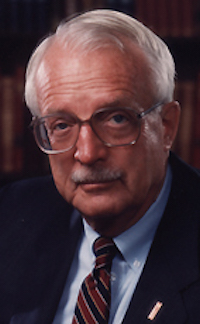
Only a handful of Alberta’s elected Senators have actually been appointed to the upper chamber, as the election process exists outside of the Constitution and can be ignored by the federal government. Current Conservative Senators Doug Black and Scott Tannas, elected in 2012, and Betty Unger, elected in 2004, were appointed to the Senate on the advice of former prime minister Stephen Harper.
With the exception of the 1989 election, when Liberal Bill Code placed second, only the conservative Reform Party, Progressive Conservative, Alberta Alliance, Social Credit and Wildrose Party, and the environmentalist Evergreen Party have participated in the elections. Progressive candidates have also run as Independents without the backing of their political parties. In 1998, future NDP candidate Guy Desrosiers stood as an Independent Senate candidate (and placed third with 16.7% of the vote).
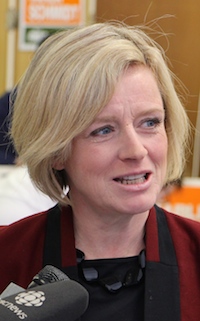
A high-level of rejected, declined and spoiled ballots in the Senate elections suggests that many Albertans are unengaged in this process. More than 178,000 ballots were rejected, spoiled and declined in the 2004 Senate election, amounting to 19 percent of Albertans who showed up to the polls. In 2012, more than 189,000 Senate election ballots were rejected, spoiled and declined, compared to only 7,822 in the provincial general election held the same day.
While the NDP have long supported the abolishment of the Senate, the idea has grown popular in conservative circles in recent years. Saskatchewan Premier Brad Wall has echoed the NDP’s calls for Senate abolishment, and in an odd pre-election maneuver, Mr. Harper tacitly endorsed the abolishment of the Senate if it could not be reformed (this took place after he appointed more than 50 Conservatives to the Senate, including Mike Duffy, Patrick Brazeau and Pamela Wallin).

A new Senate appointment advisory board created by the federal Liberal government led by Prime Minister Justin Trudeau after the October 2015 election will review nominated Canadians who meet the criteria of demonstrating a record of leadership in community service or professional expertise, a proven record of ethics and integrity and knowledge of the Senate’s role. It is unclear whether the new advisory board will place future provincially-endorsed elected nominees in higher consideration.
The current Alberta NDP government has not officially announced it will not renew the Senatorial Selection Act, but a speech from now-Premier Rachel Notley in 2009, while she was debating amendments to extend the Act until Dec. 31, 2016, strongly suggests that it will not be renewed again this year:
“…this is a piece of legislation that we can’t support because, quite frankly, it just provides a foundation to continue with what is currently a very ineffective system on the federal level.
As has been previously stated, our view is simply that the Senate should be abolished. It is not something that reflects the democratic makeup of our country. The historical rationale behind appointing a Senate has long since dissipated in terms of sort of the historical political concerns that underlay the initial construction of the Senate. The current elements of the Senate that we would effectively be promoting and encouraging the continuation of are, in my view, quite unacceptable.
Whether we elect our Senators or whether we have elections where the government chooses to appoint our Senators, we’re still dealing with the current situation, which is that the Senate itself does not reflect the national population distribution in that, you know, Alberta has six Senate seats, and New Brunswick, with about one fifth of Alberta’s population, has 10 seats. Eligibility for appointment in the Senate is still based in part on property ownership, and once appointed, Senators just get to hang around there until 75.
Whether we have this legislation or do not have this legislation, that’s exactly what’s going to happen. Having had this legislation, we’ve actually, if anything, encouraged the continuation of the Senate. We’ve encouraged buy-in to what is a fundamentally antidemocratic institution.
You know, this was something that came up originally as a means to make a political point when there were substantive discussions around Senate reform a long, long time ago. There have been no meaningful discussions around Senate reform for, I would suggest, about a decade at least.
This piece of legislation will simply give credence to what continues to be a dysfunctional system and one that is costly and one that has long since outlived its purpose. The bill has outlived the purpose, the process in Alberta has outlived the purpose, and frankly the Senate has outlived its purpose. For that reason, we cannot support the bill.”


